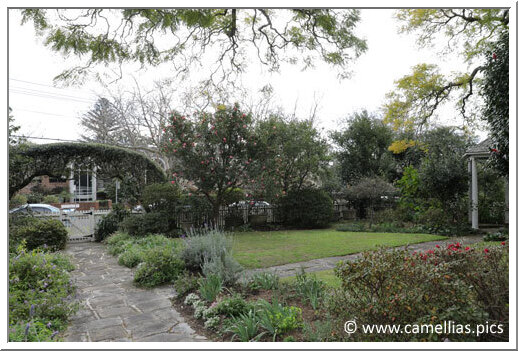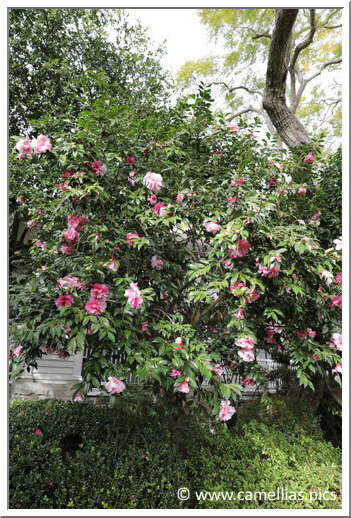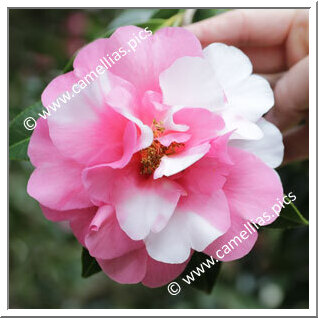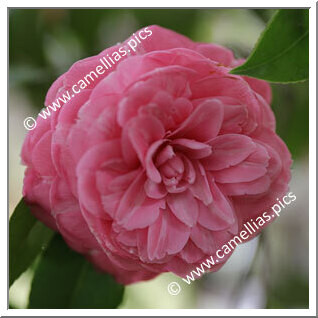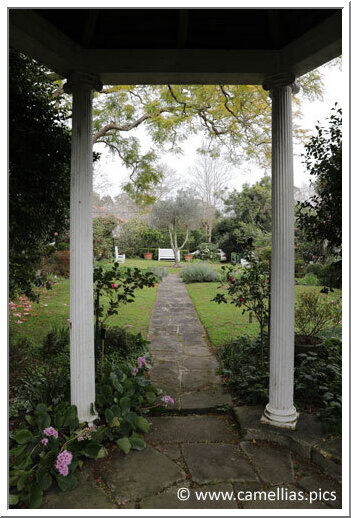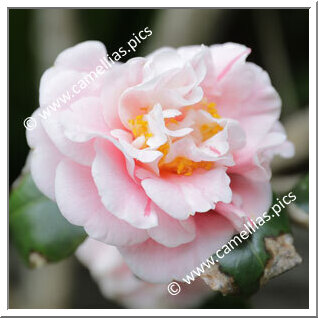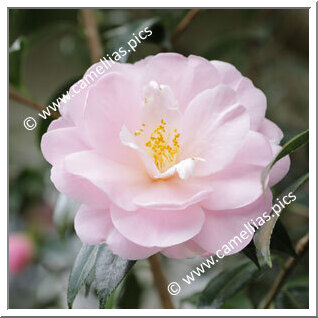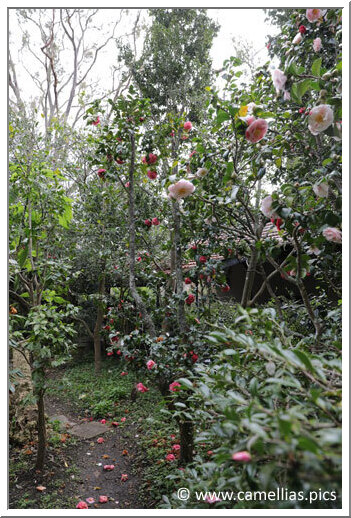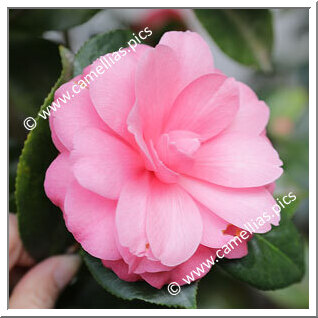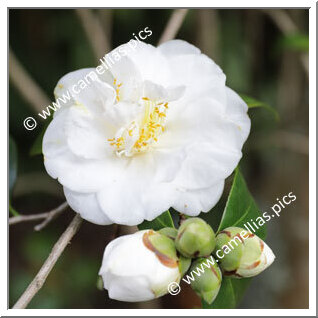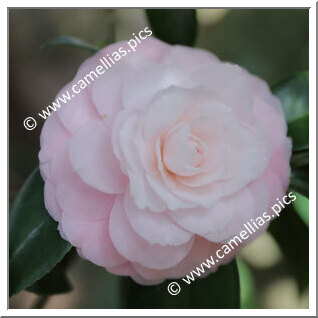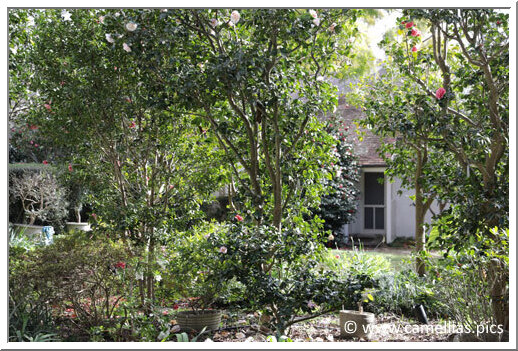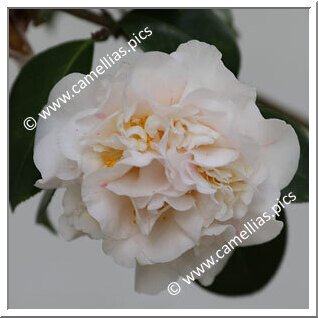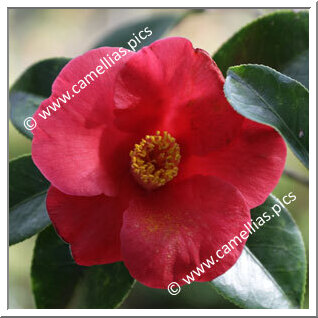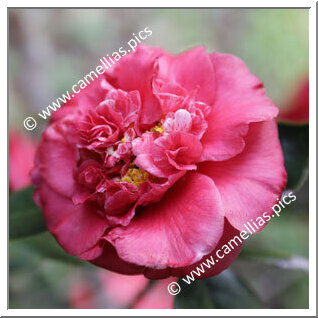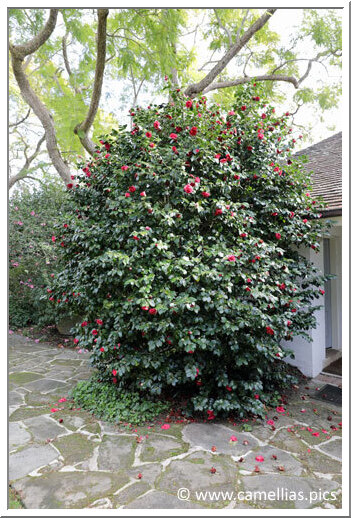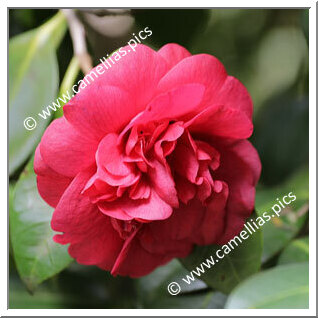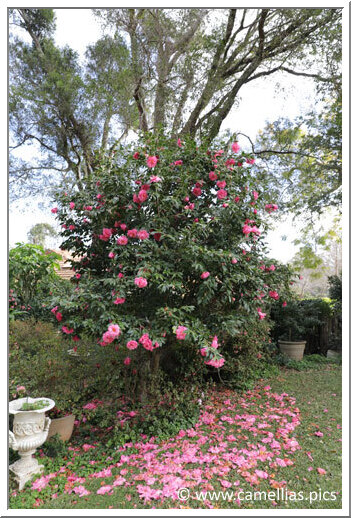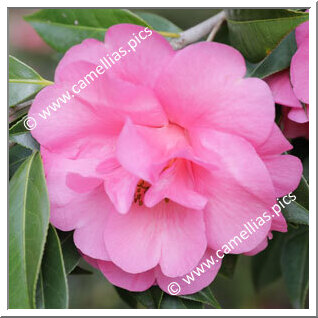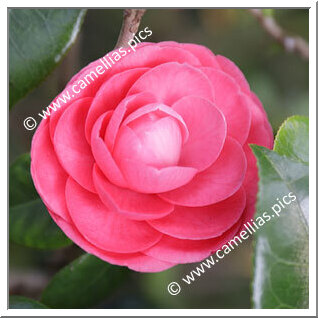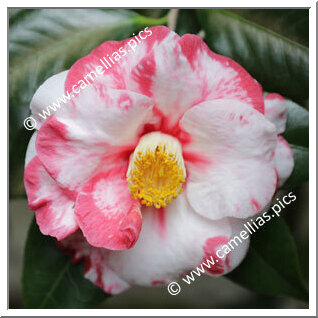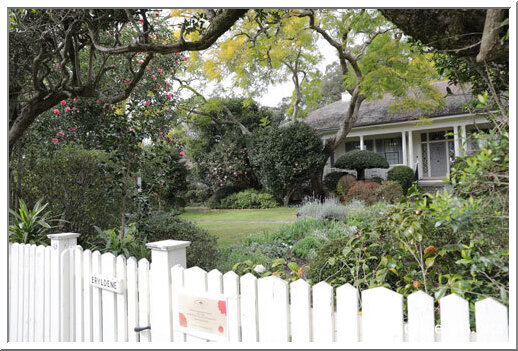
This is Eryldene, the fabulous private garden of Professor E.G. Waterhouse, who died in 1977. He was the first president of the ICS in 1962. Construction of the house began in 1913. The property is preserved in its original state according to his wishes and is maintained today by volunteers. It is regularly open to the public in season. The visit is very moving and also pays tribute to the work done over the years to maintain it in its original state. The camellia collection is, historically, one of the most important in Australia. It contains approximately 500 camellias. In addition to E.G. Waterhouse's creations, it contains camellias from all over the world and even old cultivars that are no longer sold in nurseries today. Among the stock plants and accessions of Professor E.G. Waterhouse present in the garden are 'Janet Waterhouse' (his wife), 'Robin', 'Lady Gowrie', 'Margaret Waterouse', 'Charles Colbert' and 'Lady's Maid' (pot-grown). We visited the garden in late July.
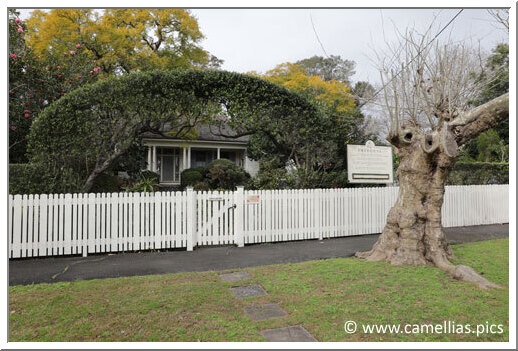
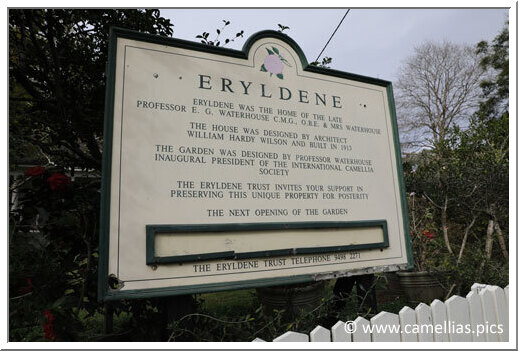
We start the tour with our guide Juliet Muras, who has been with Eryldene since childhood. Naturally, she became an Eryldene volunteer. Everything has been preserved, including Professor Waterhouse's chair. You can also see the view of this part of the garden, which is in front of the house.
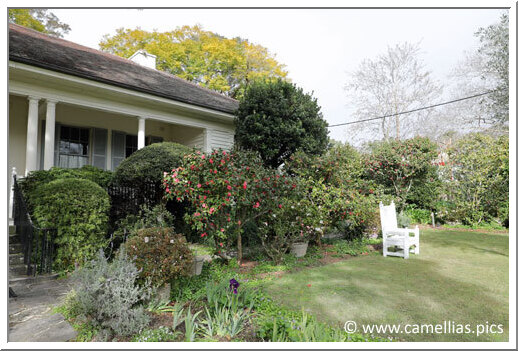
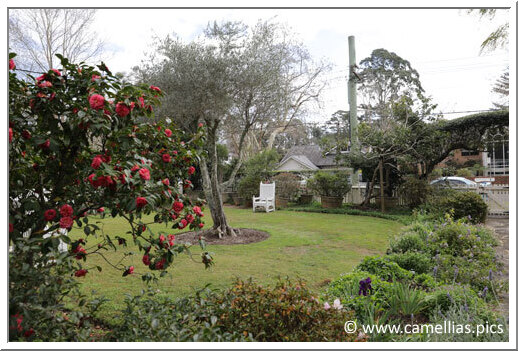
We discover the camellias in the garden. Above, 'Erlydene Excelsis Variegated', the mutation of 'Eryldene Excelsis'. It is a breeding from the Jury nursery in New Zealand. We will see 'Eryldene Excelsis' later in our visit.
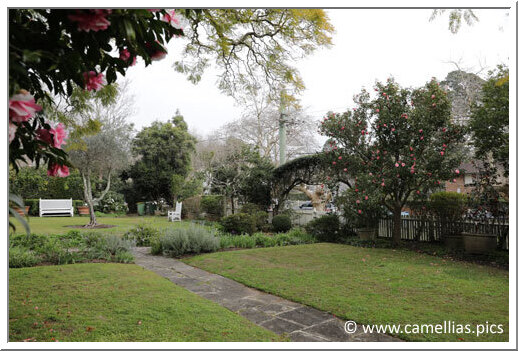
We leave the part of the garden in front of the house for the part where the camellias are grown in soil or in pots.
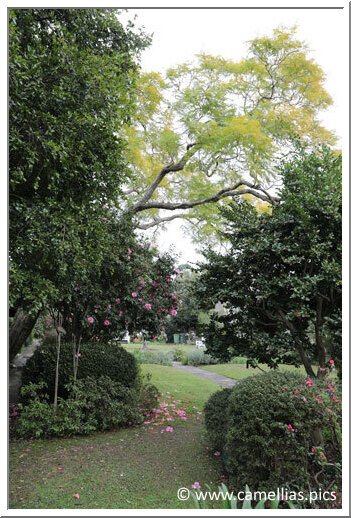
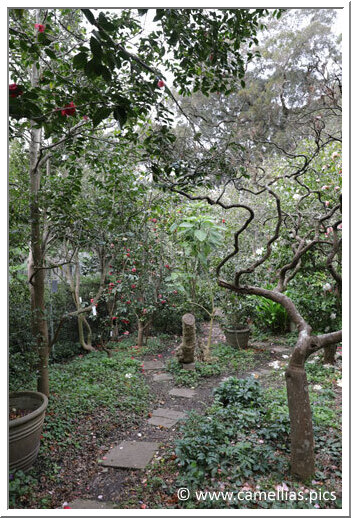
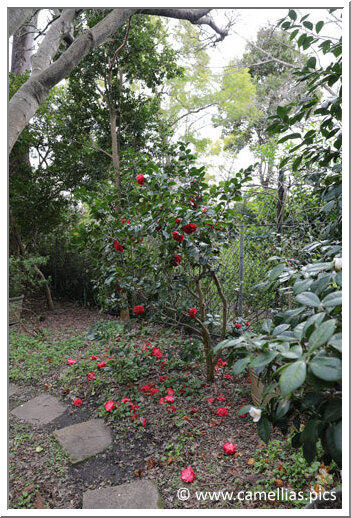
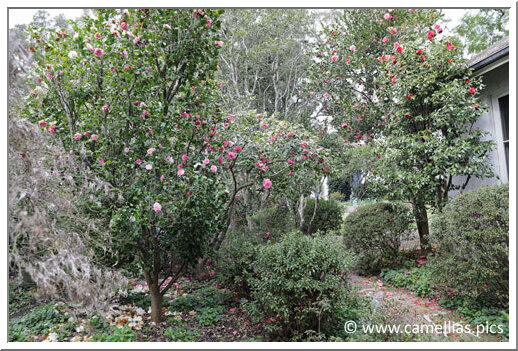
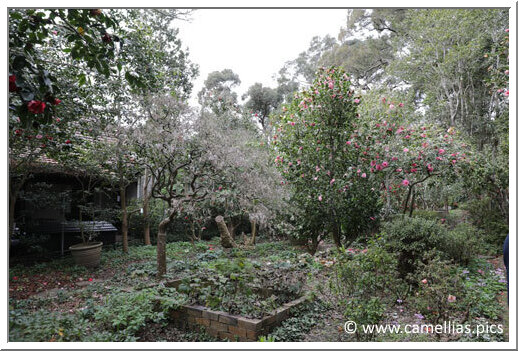
Some camellias are grown in pots. This means they can be moved around, watered if necessary and given plenty of fertilizer. There are too many camellias for them all to be grown in the ground, as there wouldn't be enough room for the roots of all those plants. You can only imagine the amount of maintenance work involved.
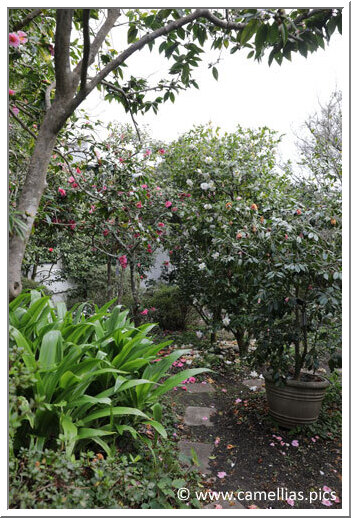
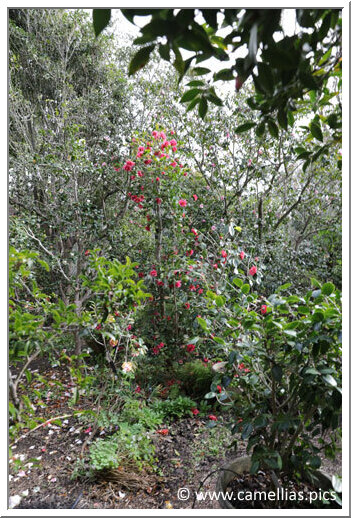
This is even clearer in these photos.
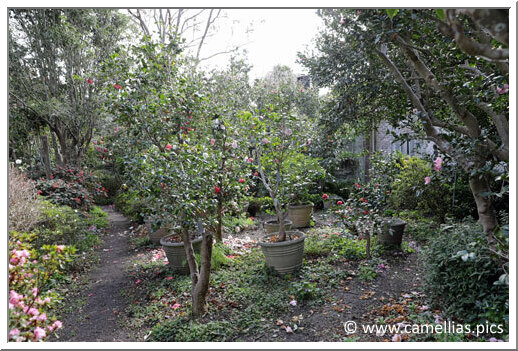
Above, two Australian varieties.
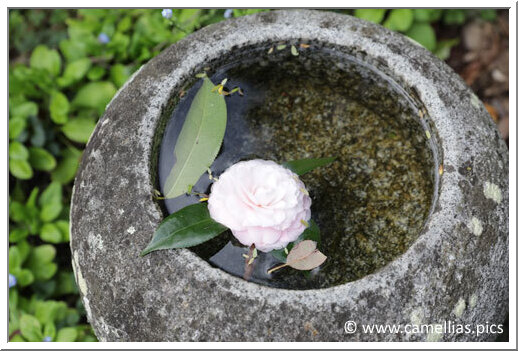
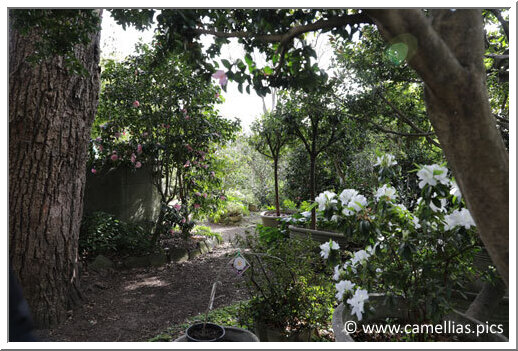
The oldest camellia in the garden, 'Aspasia Macarthur', purchased by the Professor and planted in 1916 when it was already mature.
As you walk along the side of the house, you can see the view the Professor had from his office.
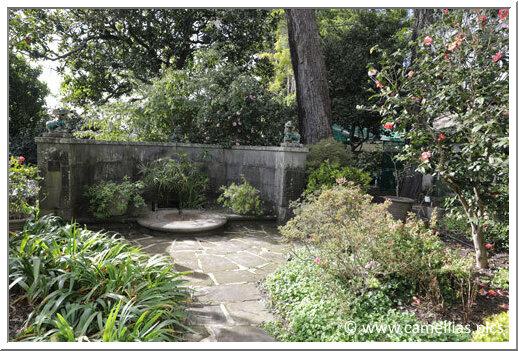
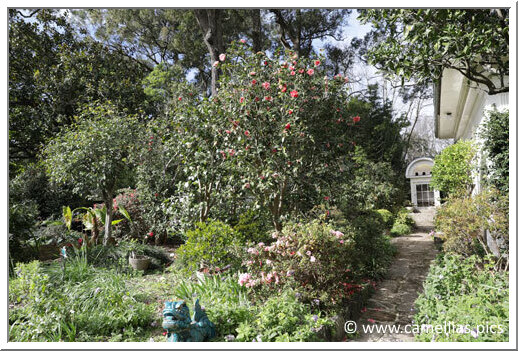
Below, the pigeon house built in 1922.
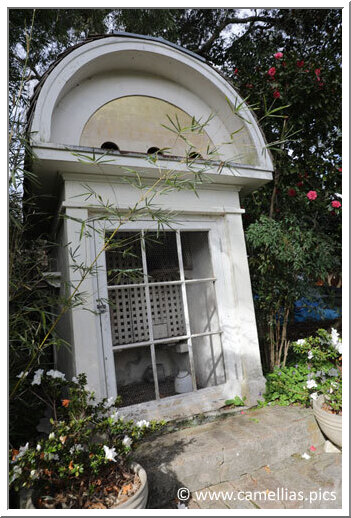

'Robin' is another obtention from E.G. Waterhouse. It is also one of the mother plants found in the garden.
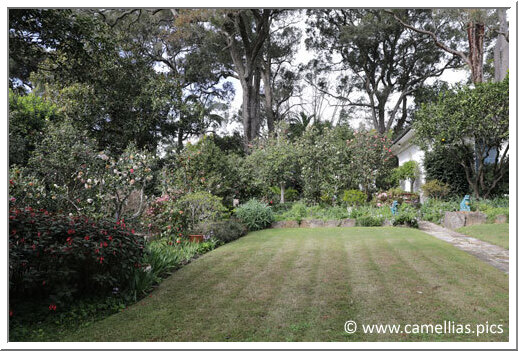
We approach another part of the garden. We've gone all the way round the house.
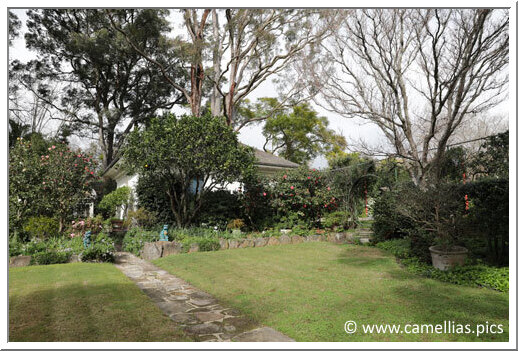
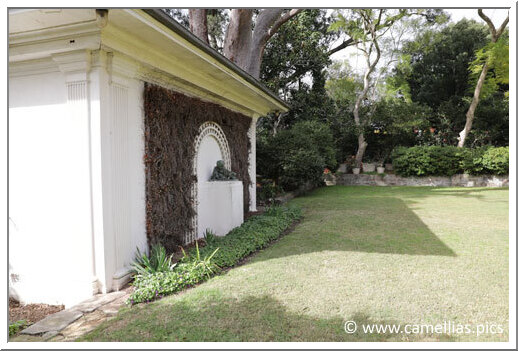
Below, the tearoom, built in 1927.
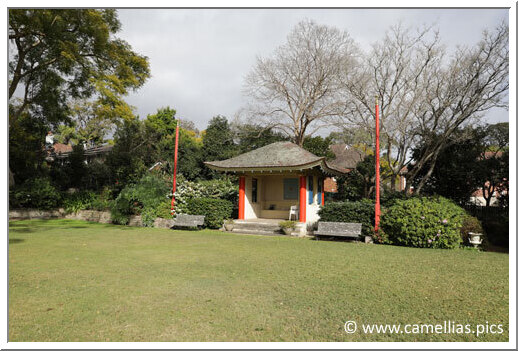
The view from here.
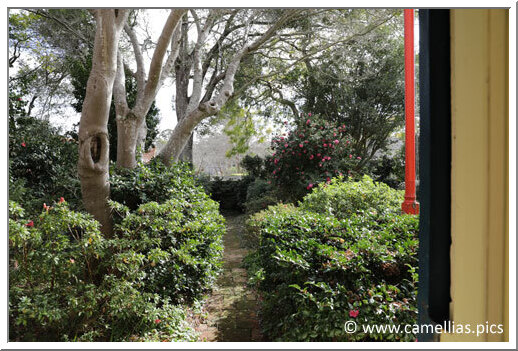
In this other part of the garden, we discover 'Eryldene Excelcis', whose mutation we saw earlier: 'Eryldene Excelsis Variegated'
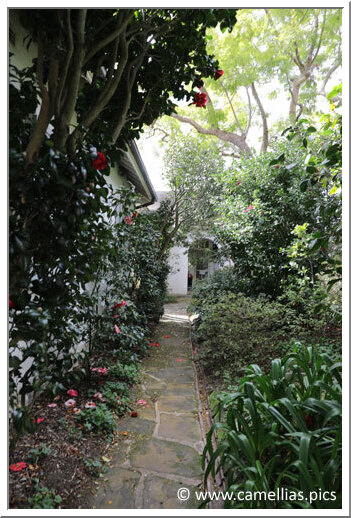
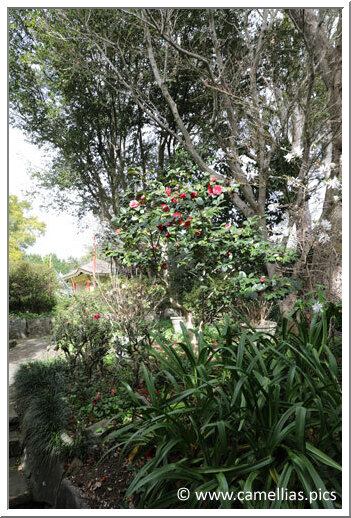
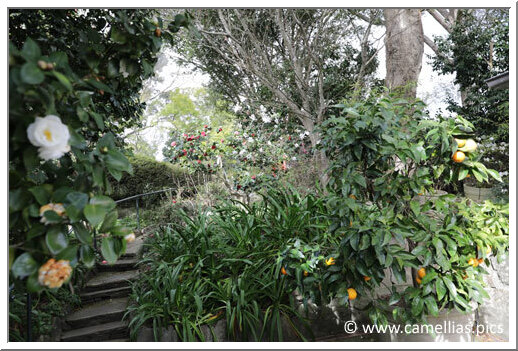
It's time to leave Eryldene and thank Juliet Muras, our guide, for her warm welcome..
